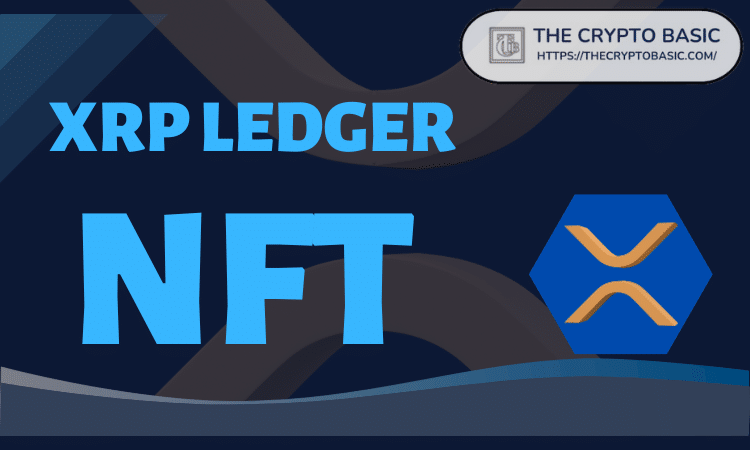If you don’t pay for the product, then you are the product
The world of cryptocurrencies has seen its fair share of successes and failures. Two recent examples of Celsius Network and BlockFi will go down in history as examples of what excessive greed can lead to. Both platforms promised to revolutionize crypto by offering high-interest savings accounts, lending services and other financial products. But despite their early promise, both companies have suffered setbacks that have left investors hesitant.
Pyramids and Ponzi schemes never go out of style because investors are greedy for unrealistic returns fueled by shiny marketing and deceptive news feeds. With the growing popularity of cryptocurrencies, traders need to understand how to manage their investments in this new asset class.
In the maelstrom of deception
Much like any ambitious crypto venture, Celsius Network launched in 2018 with a bold mission to create a decentralized financial platform that would allow users to earn high-yield interest on their crypto holdings. Thus, the company offered interest rates that surpassed legacy finance by a mile, and many investors saw this as a compelling opportunity. Celsius’ meteoric rise was short-lived, however, as the company soon became embroiled in a series of controversies that led to a loss of investor confidence.

One of the critical issues with Celsius was its business model and false claims. Like many other well-advertised “CeFi disruptors”, the company claimed to be decentralized. In reality, it was highly centralized, with a few people controlling the vast majority of the platform’s assets. This led to concerns about the company’s transparency and accountability, and many investors began to question whether their funds were genuinely safe.
In addition, Celsius was criticized for its opaque and complicated fee structure, which made it difficult for investors to understand exactly how their returns were calculated. The company was also accused of using its own funds to manipulate interest rates, leading to further mistrust from investors.
Despite these problems, Celsius continued to grow and attract new sheep to the slaughterhouse, but eventually the company’s problems proved insurmountable. In 2020, the company suffered a major security breach, which resulted in the loss of a significant amount of customer funds. This was the final straw for many investors, who quickly withdrew their hard-earned money from the platform and moved on to other, seemingly more reliable crypto savings accounts.
Now BlockFi, another crypto platform that promised high-interest savings accounts, was also met with controversy. The latter was founded in 2017 and quickly gained a reputation for offering some of the best interest rates in crypto. Despite its early success, BlockFi soon found itself in the crosshairs of both regulators and investors.
Long story short, one of the main problems with BlockFi was also its questionable business model, which relied on borrowing and lending. This was a risky strategy, as it exposed the company to the risk of default by borrowers. In addition, the platform was accused of engaging in insider trading, which led to a loss of investor confidence and demands for greater regulatory oversight.
Like Celsius, BlockFi’s problems proved too much to overcome, and the company suffered a significant setback in 2020 when one of its main lending partners defaulted on its loans. This resulted in a significant loss of investor funds, and many investors quickly moved their assets to other crypto savings accounts.
Get profit fast or try to die
At the end of the day, Celsius and BlockFi serve as excellent examples of why investors should refrain from trying to chase higher returns in crypto. These two crypto platforms promised to revolutionize the space by offering high-interest savings accounts and other financial products.
Despite their early promise, both firms were met with controversy and suffered significant setbacks resulting in the loss of investor funds. The Anchor Protocol was another perfect demonstration of unrealistic return expectations, which fell like a house of cards along with Luna in May 2022.
Understanding the business model behind the 20% interest rate took time since borrowers were also rewarded for loans. And where did the money come from? Before its demise, some people were already warning that Anchor was unsustainable as there were not enough borrowers!
The most charitable thing about the delicious 20 percent rate is that it may have been intended as a customer acquisition strategy, while the staggeringly high APY was going to be revised lower later. Others said it looked like an obvious Ponzi scheme, where money from later investors was paid out to earlier investors as “interest”. But old stories hardly stopped anyone—even Bernie Madoff didn’t consistently give his investors 20 percent interest.
Regardless, a lot of Terra was deposited into Anchor — as much as 72 percent of Terra, according to Decrypt. On May 7, 2022, the price of the then $18 billion algorithmic stablecoin terraUSD (UST), which цфы was supposed to maintain a $1 peg, began to wobble and fell to 35 cents on May 9. Also, its companion token, LUNA , meant to stabilize UST’s price, fell from $80 to a few cents by May 12. What happened next was one of the biggest and most painful crashes in crypto, which is still being felt across the markets.
Proceed carefully
These failures serve as a warning to investors and highlight the importance of due diligence when considering investing in cryptocurrencies.
Non-custodial solutions become more important in circumstances like this. To solve this problem, traders can turn to decentralized exchanges or other cost-effective solutions that allow them to store and manage their cryptocurrency without paying high fees.
The cryptocurrency world offers many opportunities for traders to cut costs and increase profits. Traders can take advantage of the benefits cryptocurrency offers by focusing on how they receive payment, store and manage their cryptocurrency, and understand the risks associated with this new asset class.
Under these conditions, currencies such as STASIS-issued EURS, other euro stablecoins or Xin-Fin’s XDC are the perfect instruments for entering and exiting crypto with centralized services or DeFi. European fintech company STASIS, for example, is developing native Web 3.0 with the ecosystem to manage digital assets as well as public and private blockchains. As the largest European cryptocurrency since 2018, the company now claims that it intends to make its flagship product – EURS – the first stablecoin acquired in the EU whose reserves are fully backed by cash. This latest move comes as a response to the growing regulatory concerns in the industry. Furthermore, BDO carried out intermediate certification, ensuring that all STASIS-owned assets are in 100% liquid euro balances. It is also worth mentioning that during most of the project’s lifetime, cash reserves ranged from 60% to 100%, thus assuring investors of EURS credibility.
Increasingly in the future, increased transparency and security measures for stablecoin users will play a crucial role in promoting the wider use of cryptocurrencies as a legitimate medium of investment and exchange.























![These Bitcoin [BTC] Liquidation statistics can help you in your next trade These Bitcoin [BTC] Liquidation statistics can help you in your next trade](https://www.cryptoproductivity.org/wp-content/uploads/2022/10/kanchanara-tN_6BYSMrQs-unsplash-1-1000x600-120x120.jpg)
